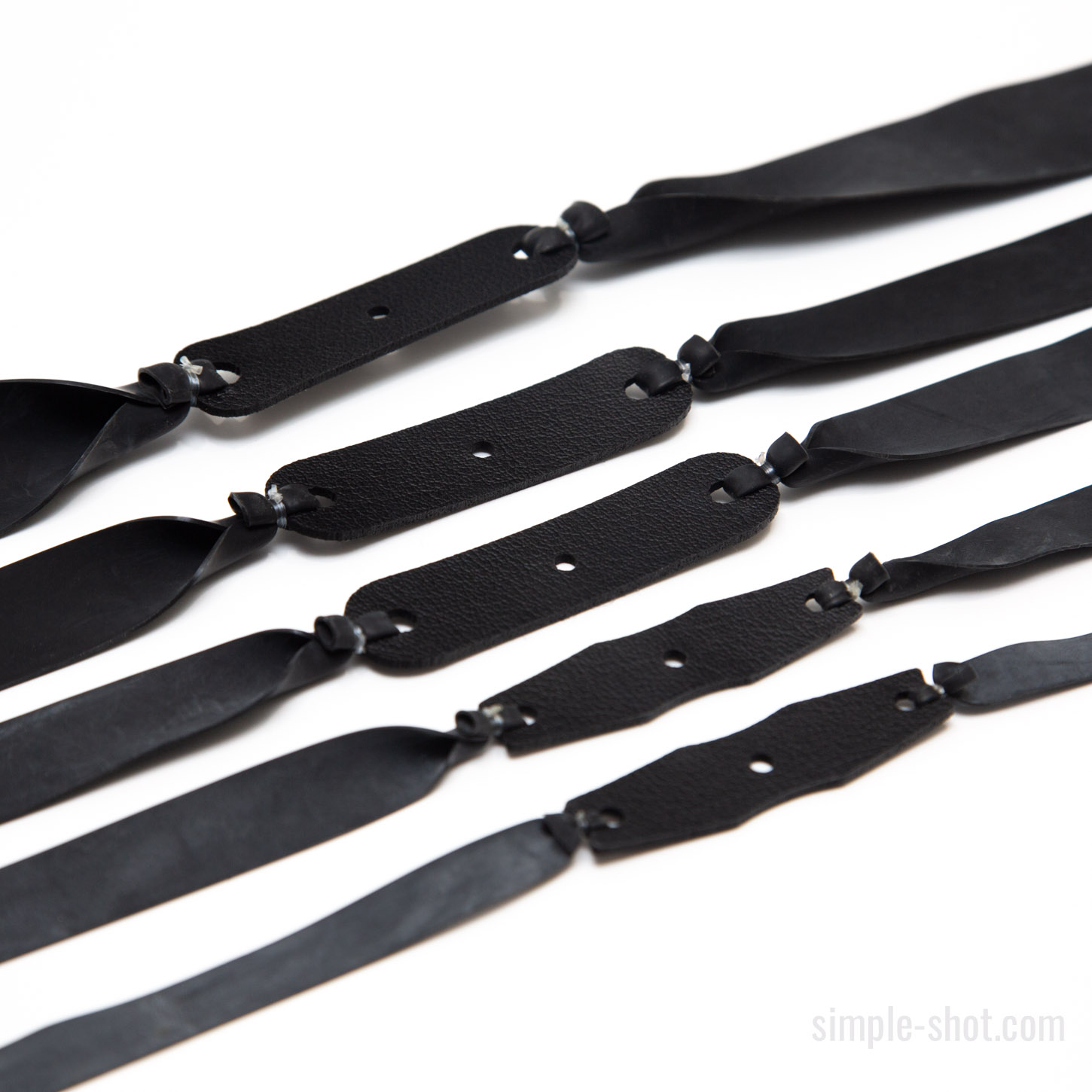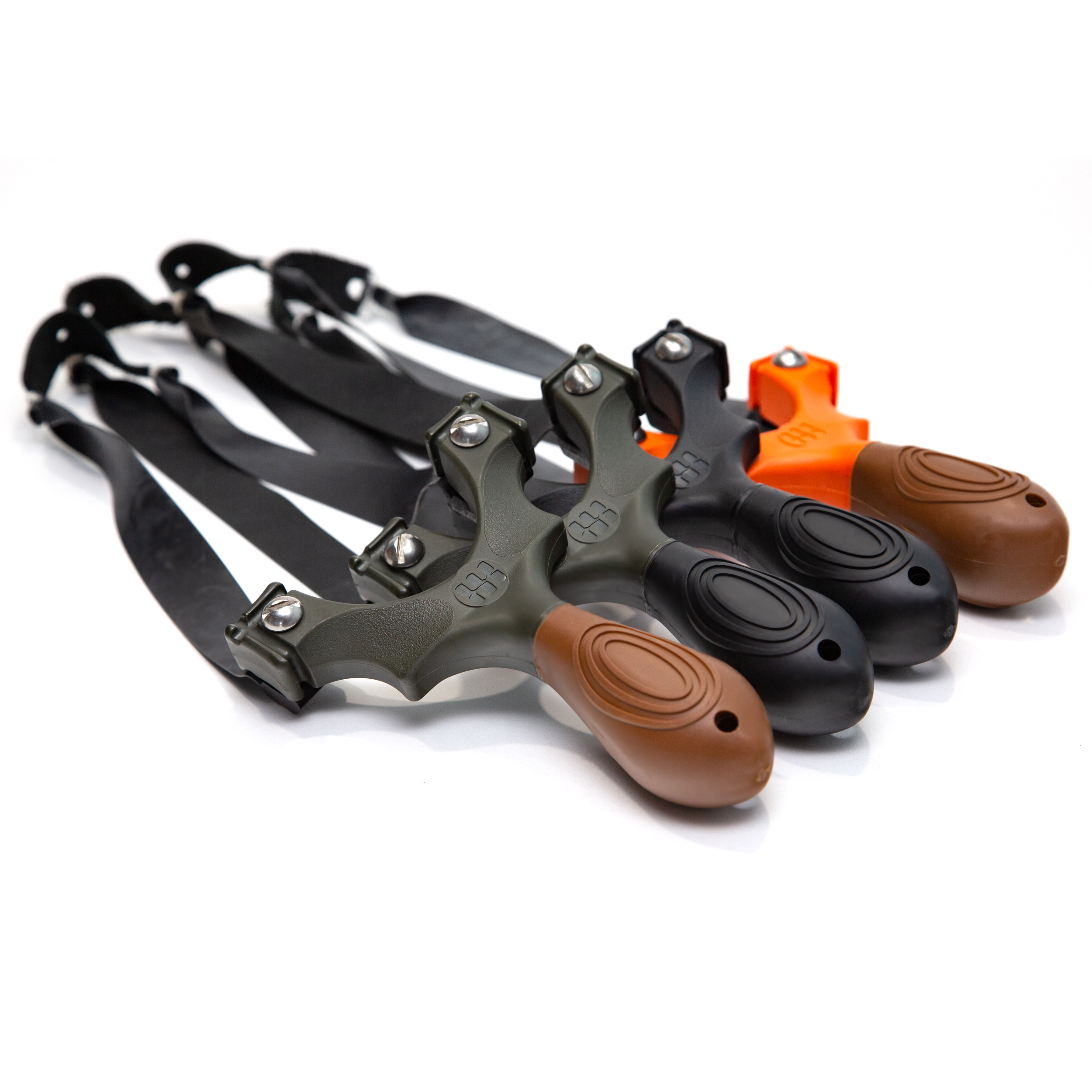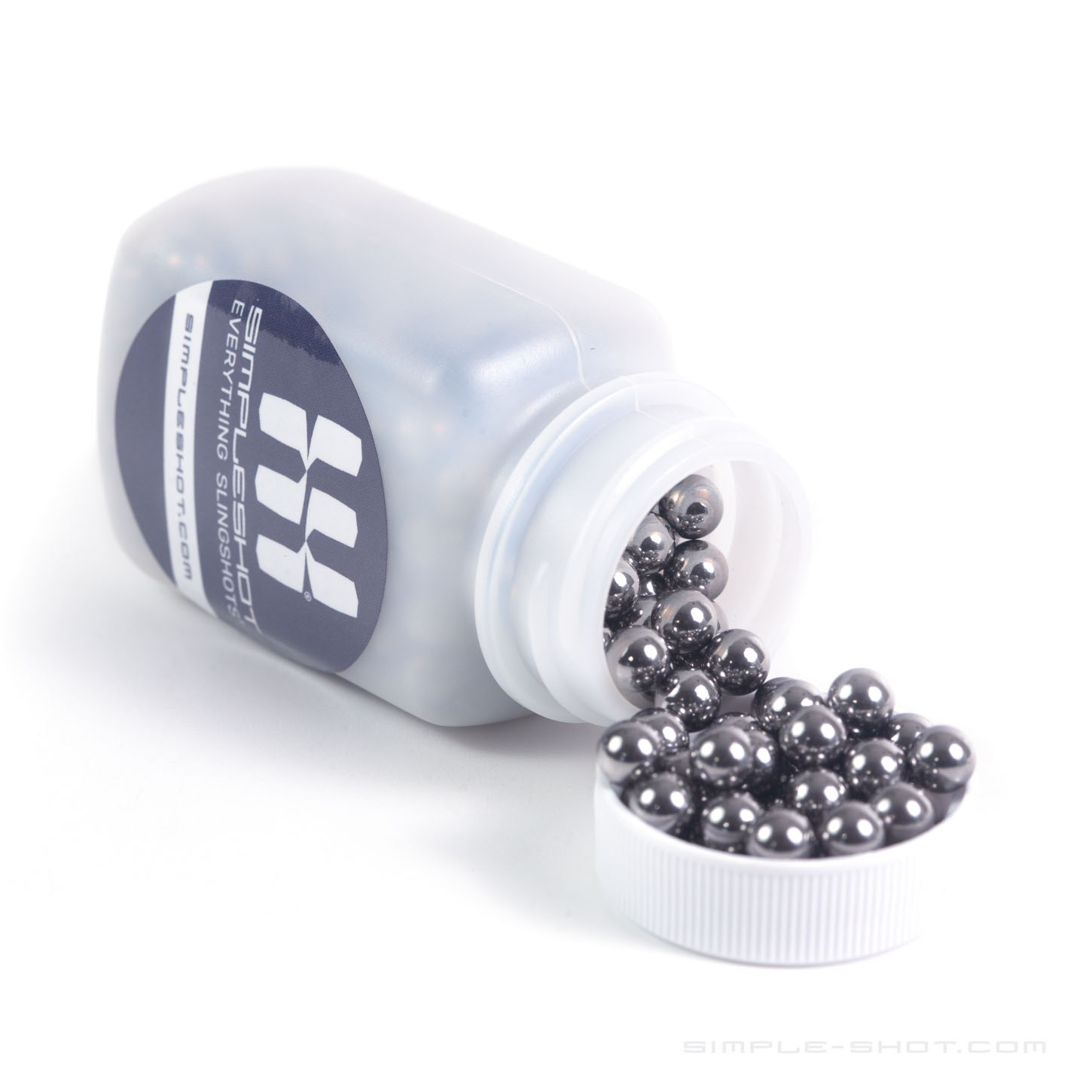Discover the intricacies of slingshot accuracy in our latest Ask SimpleShot episode!
Aiming True: Enhancing Accuracy in Seated Shooting Positions
Addressing questions from Terry, a resident of Ellijay, Georgia, and Robert from Waterloo, New York, this article aims to provide guidance and insights on improving shooting accuracy, especially when shooting from a seated position due to age or disability. Both Terry and Robert have experienced difficulties maintaining accuracy, thus seeking advice on achieving consistent results.
Terry, a paraplegic, has been consistent with his anchor point but still experiences variance in accuracy. He can consistently hit a Coke can but struggles with smaller targets like a pingpong ball. Similarly, Robert, a 75-year-old disabled veteran, can shoot while standing for short durations, but leg fatigue necessitates shifting to a seated position. He desires to maintain the proper shooting form and has endeavored to replicate the upright shooting position as much as possible while seated.
Consistency in Mechanics: Whether one is shooting from an upright or a seated position, maintaining consistent mechanics is crucial. The holding hand frame should be parallel to the target to prevent the forks from being canted, and a consistent anchor point is pivotal. Importantly, regardless of being seated or standing, achieving a great release is key to ensuring accuracy. These fundamentals remain constant in either scenario, implying that the mode, whether seated or standing, does not alter the foundational principles of shooting.
Focus on Fundamentals: Shooting enthusiasts are advised to place relentless focus on the fundamentals of shooting, including holding form, anchor point, and release, ensuring they remain consistent, regardless of the position.
Check Your Release: One of the initial aspects to scrutinize when accuracy is inconsistent is your release. A clean, smooth release significantly contributes to better accuracy.
Practice on Paper: To visualize and assess your accuracy and form, practicing on paper is beneficial. Observing the groupings and any outliers can offer insights into areas needing adjustment.
Analyze Form and Equipment: If inconsistencies or “flyers” are observed during practice, shooters are encouraged to examine their form and ensure there is no malfunction or misalignment in the equipment. This proactive approach helps in identifying and rectifying any discrepancies early on.
Regular Practice: Regular practice, with an emphasis on the fundamentals, allows shooters to achieve consistent accuracy over time, by recognizing and rectifying mistakes promptly.
Both Terry and Robert, along with many older or disabled shooters, might find shooting from a seated position more comfortable, but the essence of shooting accurately revolves around the unwavering application of the fundamental mechanics. By concentrating on maintaining a steady form, ensuring a smooth release, and practicing diligently, shooters can enhance their accuracy, irrespective of their shooting position. Regularly shooting on paper and assessing the form and equipment will further contribute to refining accuracy and achieving consistency.
Slingshot Bands

Slingshot Frames

Slingshot Ammo

All about slingshot BB shooting. Frames, bands and tips.
What's the deal with shooting BBs with a slingshot. Is it a good idea? What's a slingshot frame...
Slingshot release / release aids. Are they worth it? Are they cheating?
Here's an interesting question. The topic is slingshot, releases, or release aids, and whether or...
Do I need my slingshot bands to be thicker in warm weather?
Since slingshot latex is designed for use in the cold, do I need thicker latex for where I live if...



